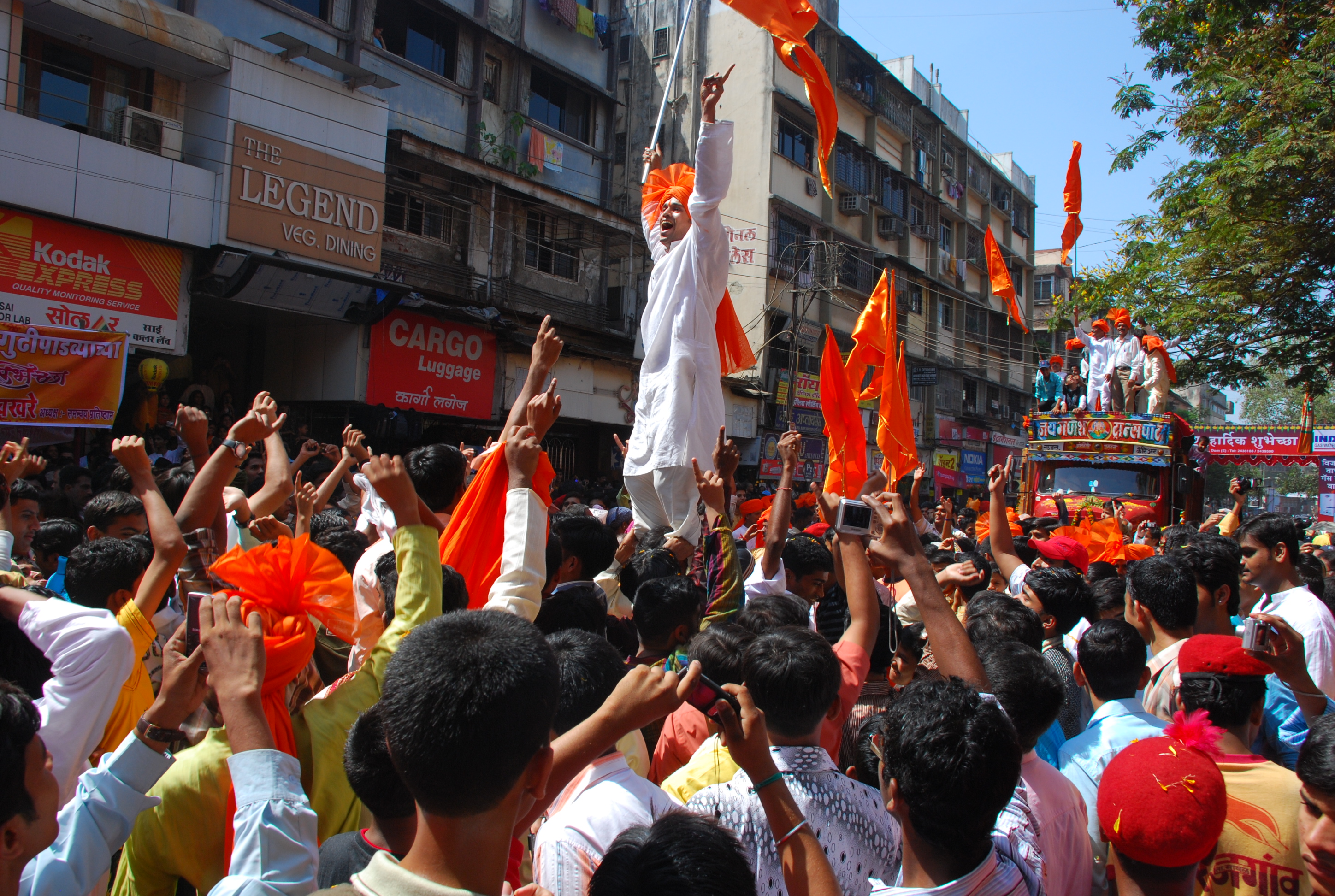Gudhi Padwa
Gudhi Padwa is a spring-time festival that marks
Gudi Padwa is a spring festival celebrated on the first day of the Hindu calendar's Chaitra month. Maharashtra and Goa celebrate the festival that marks the beginning of the Hindu new year according to the lunisolar calendar. This day also holds significance in other states. It is known as Ugadi in Karnataka, Navreh by Kashmiri Pandits, Cheti Chand by Sindhis, Sanvsar Padvo in Konkan, and so on. The word “padwa” comes from the Prakrit equivalent of “prathama” in Sanskrit. It denotes pratipada, which is the first day of the bright phase of the moon.
The significance of the day is referred to in the Brahma Purana, an ancient Indian text. On the day of Gudi Padwa, Lord Brahma is said to have created the universe. This day is considered an auspicious day to begin new ventures, as anything commencing on this day is believed to turn out successful. Traditionally, family celebrations begin with the consumption of bitter neem tree leaves. It is believed that starting the new year with a bitter taste will bring success and happiness in the coming year.
Houses are swept clean as part of the traditional customs, colourful floor decorations known as rangoli are created, and special flags known as gudi or gudhi are erected during the festival. People in the villages use fresh cow dung to plaster their houses. Shobha yatras, or street processions, are carried out with great fanfare. The colourful vibrancy of the festivities reflects the joy and happiness of spring. The new year instils zeal and enthusiasm in people, and they leave the sorrows of the past behind to cherish the prospects of hope in the coming year.
Gudhi
The traditional arrangement of gudi is a prominent feature in households during Gudi Padwa. Gudi is made up of a bright yellow or green scarf-like silk cloth tied on a bamboo stick with a bunch of flowers, mango and neem leaves tied from the top. The bamboo stick is then capped by a kalash (pot) made of copper, bronze, or silver. This flag-like setting is then hoisted from a terrace or a window, high enough to be visible. The gudi represents Brahma Dhwaj, or the flag of Lord Brahma.
It also depicts the flags flown on Lord Rama's coronation day following his return from Lanka. Some believe it is King Shalivahan's victory flag, which was raised in Paithan following his victory over the Huns. Many Maharashtrians associate it with brave Maratha warriors returning victorious from successful war expeditions. While the gudi's vibrant colours evoke the bounty of spring, it is thought to bring good luck into the home and foster prosperity by warding off evil.
 Government of Indiaa
Government of Indiaa
























 Recognizing the ongoing need to position itself for the digital future, Indian Culture is an initiative by the Ministry of Culture. A platform that hosts data of cultural relevance from various repositories and institutions all over India.
Recognizing the ongoing need to position itself for the digital future, Indian Culture is an initiative by the Ministry of Culture. A platform that hosts data of cultural relevance from various repositories and institutions all over India.
